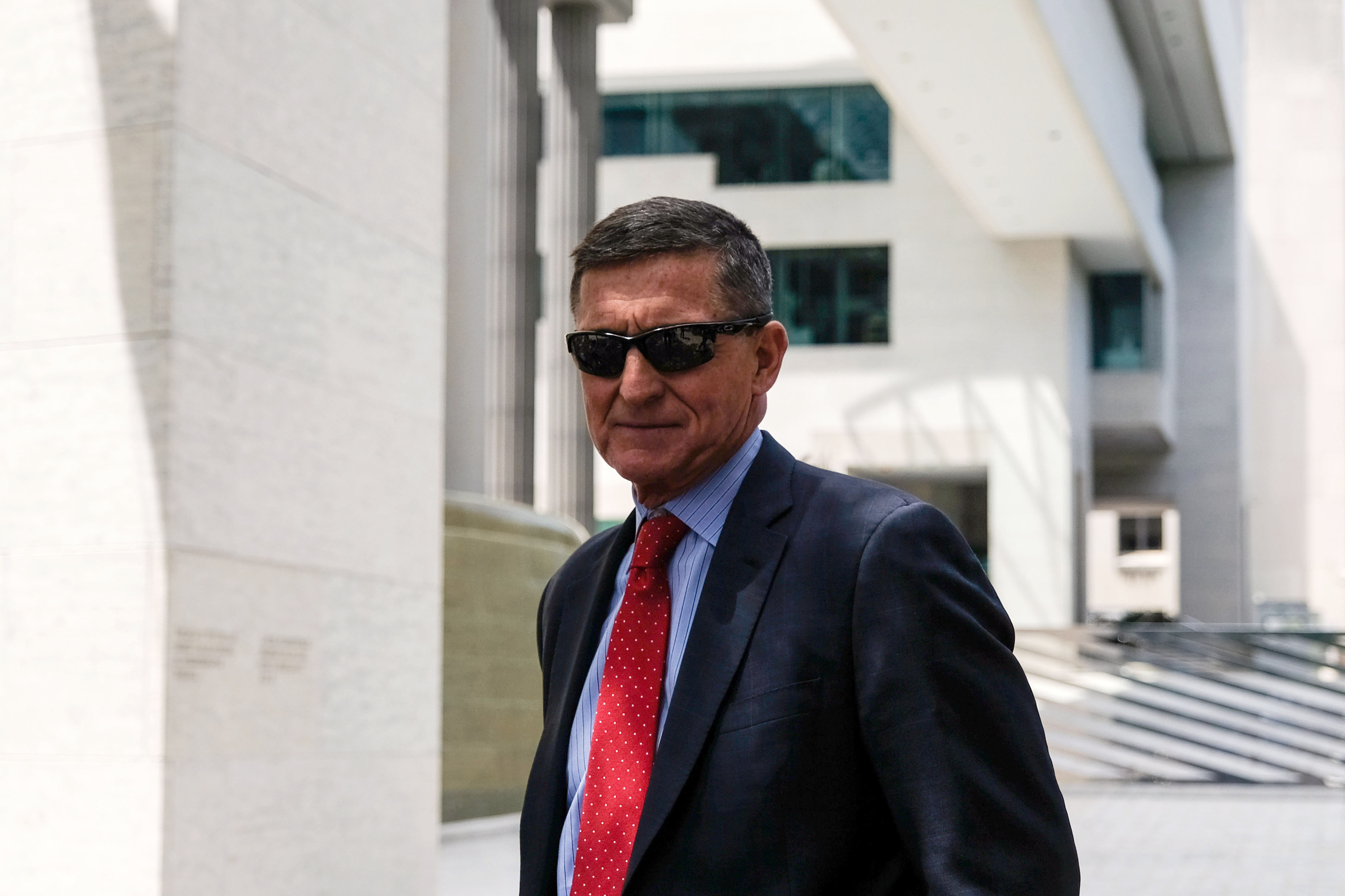Speaking remotely to a Kyiv security conference in mid-September, U.S. National Security Adviser Jake Sullivan emphasized that President Joe Biden would spend the remainder of his term ensuring that Kyiv was given the best possible opportunity to succeed.
The Biden administration is intent on keeping that promise. On Nov. 17, the White House announced that Ukraine would be able to use U.S.-supplied long-range missiles, known as the Army Tactical Missile Systems (ATACMS) to strike Russian military targets deeper into Russia, a request Ukrainian President Volodymyr Zelensky was pushing for the better part of a year. Days later, the U.S. authorized the export of anti-personnel mines to assist the Ukrainian army's defenses along the 620-mile frontline.

Biden's advisers have insisted that the latest moves are driven by Russia's own escalatory tactics, including bringing approximately 12,000 North Korean troops into Kursk to drive Ukrainian troops from the area. Realistically, however, it's difficult not to view the ATACMS decision in particular as a transparent attempt to "Trump-proof" U.S. policy on the war. Sources familiar with the Biden administration's policy have suggested that Donald Trump's victory in the presidential election was a factor in recent deliberations.
The question everybody from Washington to Warsaw is asking is how Trump plans on managing the war in Ukraine. Analysts are fairly certain that the incoming president will focus on ending the conflict through negotiations. Trump has stated numerous times that the war shouldn't have started in the first place and that U.S. aid to Ukraine—$175 billion since the war began in February 2022—is a drain on the U.S. taxpayer.
But Trump hasn't offered specifics about what end-of-war negotiations will look like, what concessions he's willing to make, and how he plans to enforce any agreement signed. Outside of plans from former advisers, which may not even reflect Trump's actual thinking on the subject, the details are few and far between.
Any action by the Biden administration that limits Washington's freedom of maneuver won't be appreciated by Trump, who values unpredictability, power, and leverage as key attributes to getting good deals at the negotiating table. Biden's most recent decisions on Ukraine could conceivably box the next commander-in-chief in.
Yet such an interpretation strips Trump of agency, as if he's stuck with implementing a policy he doesn't personally agree with. The reality is Trump does have a choice, and it will depend in large measure on how the battlefield looks by the time he's sworn in on Jan. 20.
For instance, if Ukraine's employment of ATACMS succeeds in stretching the Russian military's supply lines, complicates Russia's ongoing offensives, or in the most extreme case helps Kyiv retake some of the territory lost in the Donbas, then there's a possibility Trump may continue the aid packages and looser U.S. restrictions to coerce Russian President Vladimir Putin into settlement talks. This would be in keeping with Trump's negotiating style during his first term, when punitive measures—whether it concerned maximum pressure on Iran, economic sanctions on Venezuela's oil industry, or tariffs on hundreds of billions of dollars in Chinese goods—were enacted to bring adversaries to the table and extract maximum concessions.
The problem is that pressure in all of these cases didn't work as advertised—Iran chose escalation rather than submission, Nicolás Maduro remains entrenched in Caracas, and China didn't live up to the terms of the Phase 1 trade deal. Given Putin's tendency to view the war in Ukraine as an existential conflict for Russia itself, it's increasingly hard to envision how a similar strategy would work against Moscow. Putin has demonstrated on multiple occasions over the nearly three-year-old war that escalation, not contrition, is his method of choice when the Russian military is pushed into a corner.
If, however, Trump enters office with Ukraine's military position static or worse off, then he won't have a problem overturning whatever policy moves Biden made in the last two months of his presidency. This is a scenario Zelensky and his partners in Europe need to take seriously, if only because ATACMS are unlikely to significantly alter the battlefield dynamics to Ukraine's benefit. The Biden administration acknowledged as much when it green-lit Ukraine's use of the longer-range missiles inside Russia, which suggests that virtue signaling and Biden's desire to be remembered as Ukraine's primary supporter were more important components in the policymaking process than military utility.
The trend lines continue to move in Russia's favor. This isn't a surprise—as spotty as the Russian military's performance has been, it retains the advantage in mass, wealth, and materiel despite the obscenely high casualty rate it has sustained over the entirely of the war. Ukraine, meanwhile, is on the backfoot, where its positions in the Donbas are at risk of getting overrun due to manpower shortages and an inability to find young, well-trained recruits to replace losses. This is the situation Donald Trump will confront in January.
Daniel R. DePetris is a fellow at Defense Priorities and a syndicated foreign affairs columnist at the Chicago Tribune.
The views expressed in this article are the writer's own



















 English (US) ·
English (US) ·